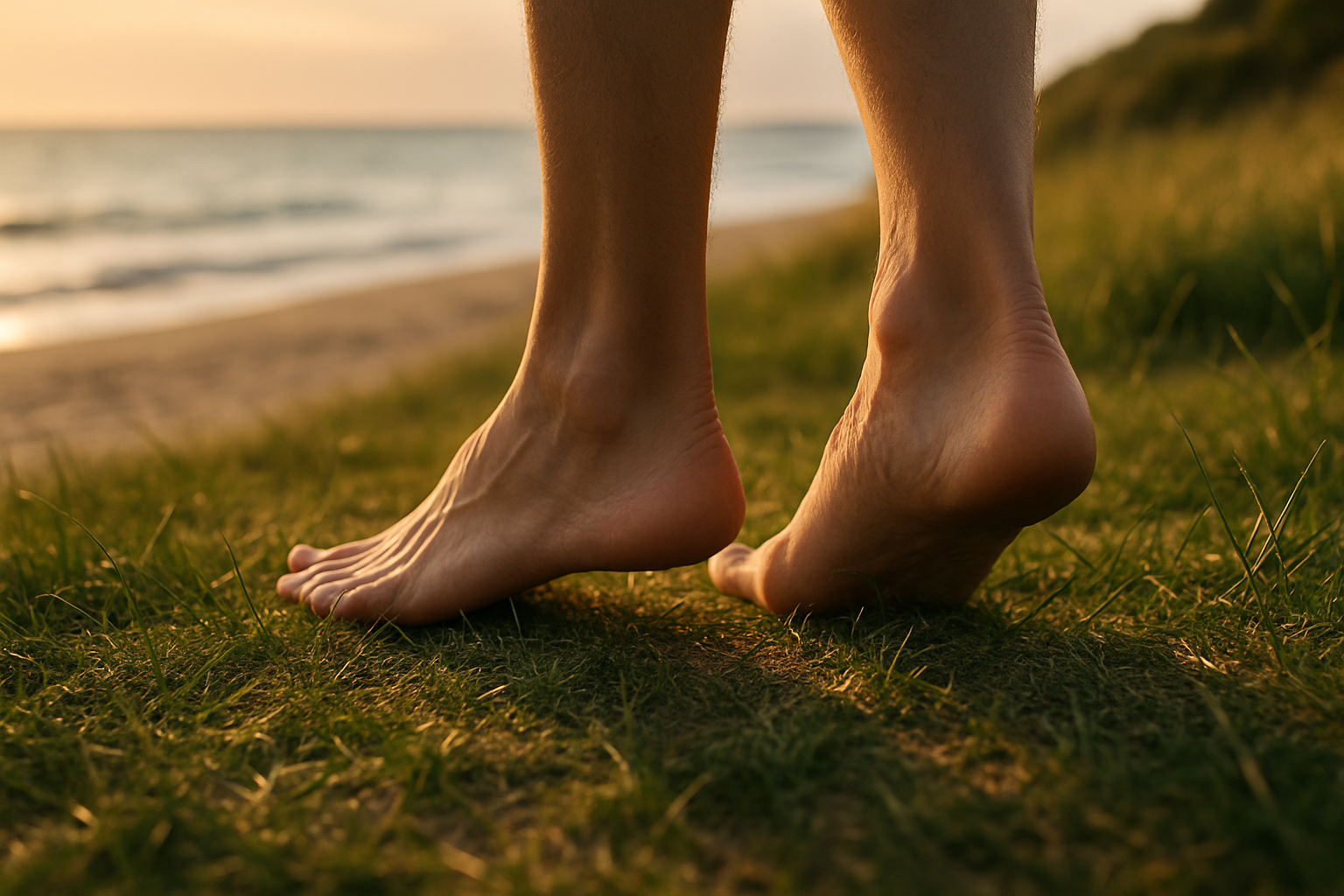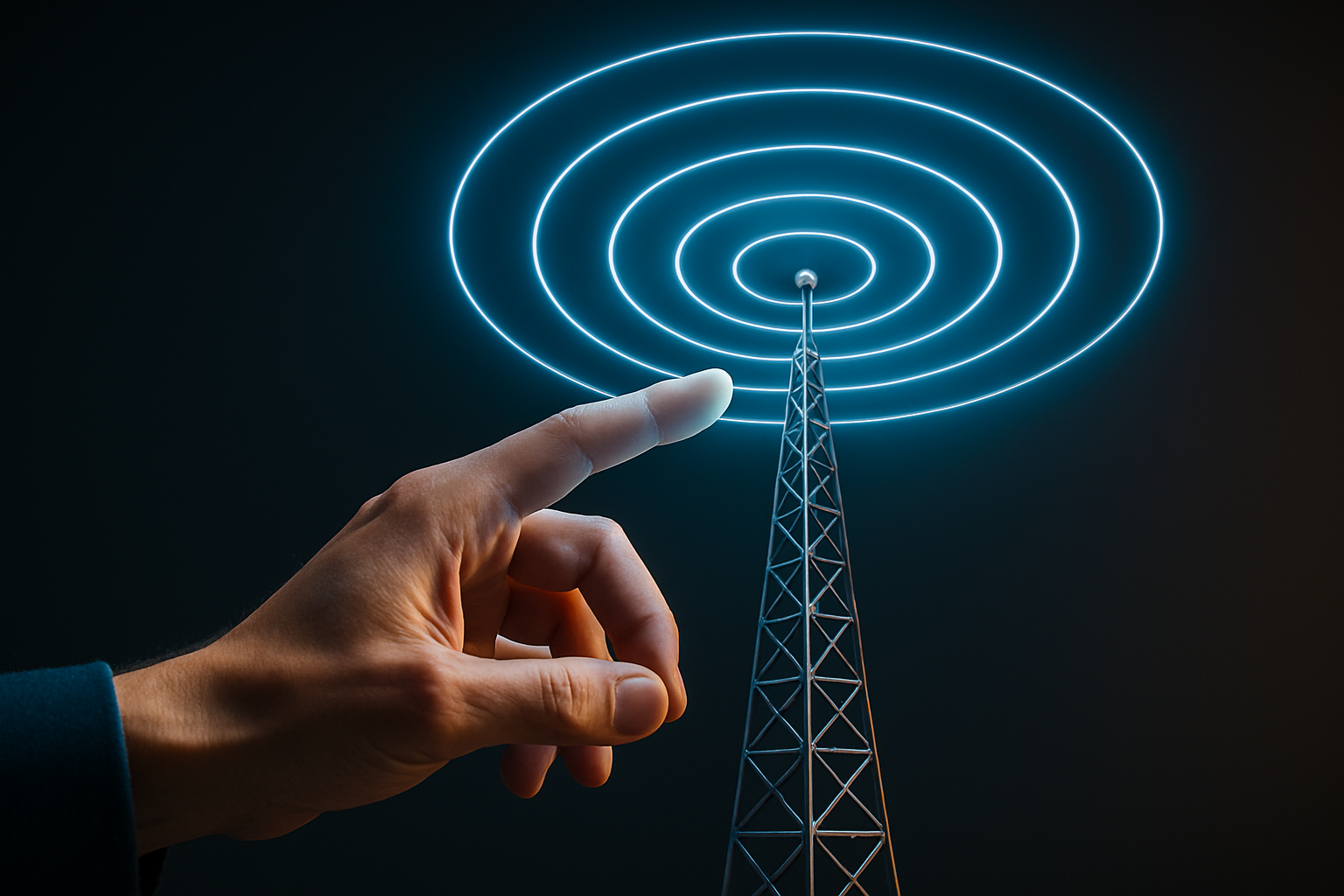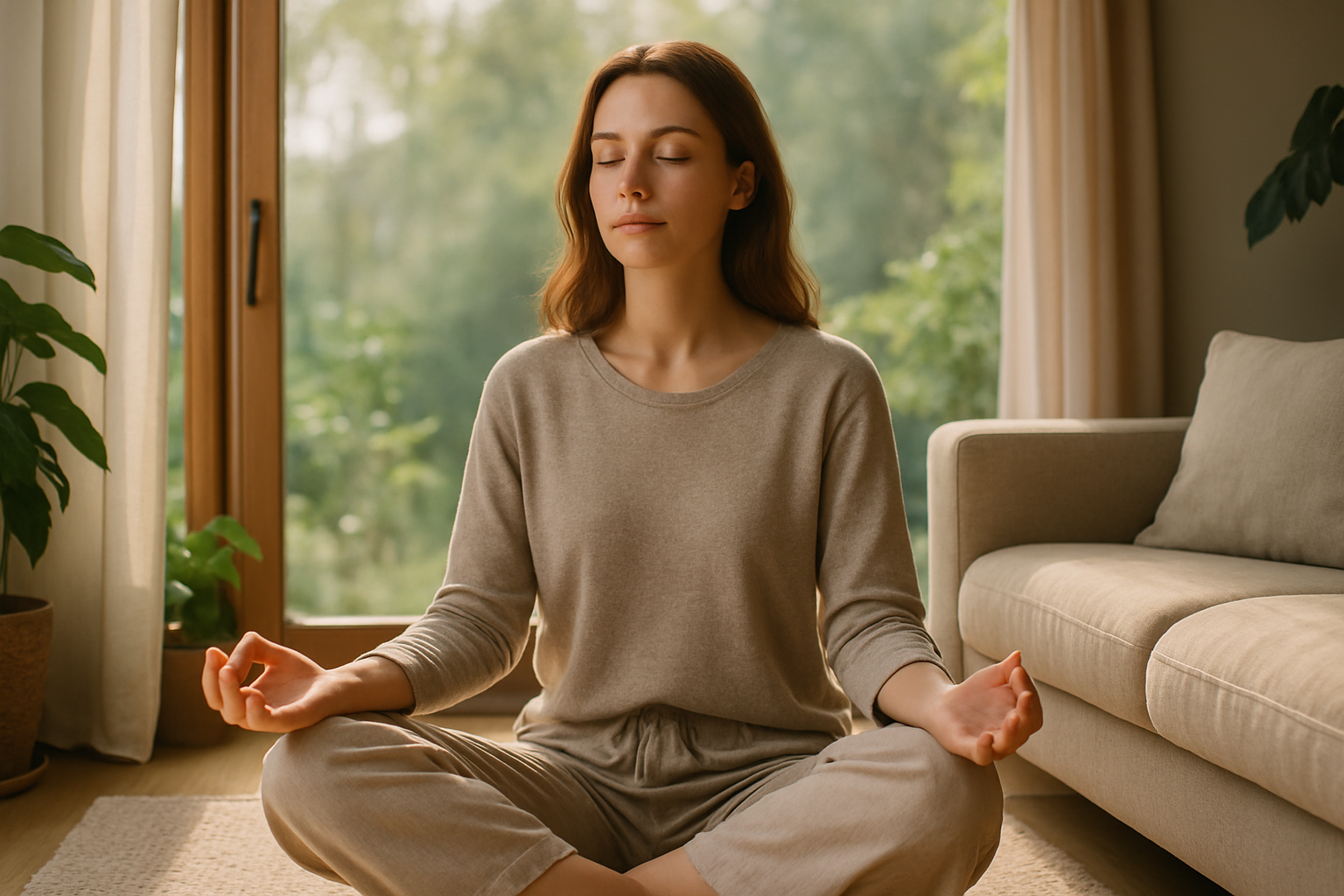Unveiling the Health Benefits of Grounding: A Comprehensive Guide
Have you ever felt a sense of calm and peace after walking barefoot on the grass or beach? This phenomenon, known as grounding or earthing, has been gaining attention in the health and wellness community. This article delves into the science behind grounding, its potential health benefits, and how you can incorporate it into your daily routine.

The Science of Grounding
Grounding, also known as earthing, is the practice of physically connecting with the Earth’s surface electrons by walking barefoot outside or sitting, working, or sleeping indoors connected to conductive systems. This practice is based on the principle that our bodies are made up of electrical energy, and connecting with the Earth’s natural electric charge can help balance our body’s energy.
The concept of grounding has its roots in ancient civilizations, where people lived in close contact with the Earth. However, it wasn’t until the late 20th century that scientists began to explore the potential health benefits of grounding.
Grounding and Health: What Does the Research Say?
Several studies have suggested that grounding may have a variety of health benefits. For instance, a 2012 study published in the Journal of Environmental and Public Health found that grounding could improve sleep, reduce pain, and decrease stress. Another study published in the Journal of Inflammation Research in 2015 suggested that grounding could reduce inflammation in the body.
While more research is needed to fully understand the mechanisms behind these benefits, some experts believe that grounding may help balance the body’s natural electrical charge, reducing inflammation and improving overall health.
The Practice of Grounding: How to Get Started
Incorporating grounding into your daily routine can be simple and cost-effective. Here are some ways to get started:
-
Spend time outside: Walking barefoot in your backyard or on a sandy beach can help you connect with the Earth’s natural electric charge.
-
Use grounding equipment: If you can’t spend time outside, consider using grounding equipment like mats, sheets, or patches that can be connected to the Earth’s energy indoors.
Remember, consistency is key when it comes to grounding. Try to incorporate this practice into your daily routine for the best results.
Grounding Tips and Facts
-
Grounding is most effective when your skin is in direct contact with the Earth. Try to walk barefoot or sit on the grass for at least 30 minutes a day.
-
Wet ground is more conductive than dry ground, so try grounding after a rain shower for maximum benefits.
-
Grounding equipment can be a great option for those who live in urban areas or cold climates where going barefoot outside may not be feasible.
Grounding as a Path to Wellness
While grounding is not a cure-all, it can be a valuable addition to a holistic wellness routine. By connecting with the Earth’s natural electric charge, you may be able to improve your sleep, reduce inflammation, and decrease stress. As with any new health practice, it’s important to listen to your body and consult with a healthcare professional if you have any concerns. So why not kick off your shoes and give grounding a try? It could be a step towards a healthier, more balanced life.





